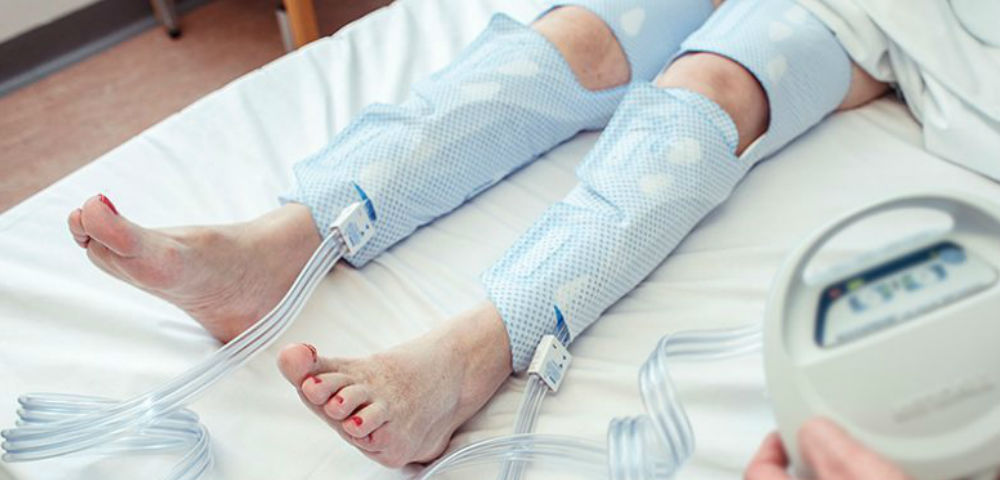
Compression therapy is a proven and effective technique used in wound care to enhance healing, manage edema, and improve circulation. This non-invasive approach involves the application of pressure through bandages or garments to the affected area. In this blog post, we will delve into the benefits, types, and considerations of compression therapy, highlighting its role in promoting optimal wound healing.
Compression therapy offers numerous benefits for wound healing. The application of controlled pressure helps to reduce swelling, manage edema, and improve blood flow, enhancing the delivery of oxygen and nutrients to the wound site. By stabilizing the wound area, compression therapy can minimize the risk of infection, promote the formation of granulation tissue, and facilitate faster healing. Additionally, compression therapy is effective in managing venous leg ulcers, lymphedema, and other conditions related to compromised circulation.
There are various types of compression therapy available, including short-stretch bandages, multi-layer compression bandaging systems, and compression garments. Short-stretch bandages provide low resting pressure and high working pressure, making them suitable for patients with fluctuating edema or who require frequent bandage changes. Multi-layer compression bandaging systems offer graduated compression and are commonly used for venous leg ulcers. Compression garments, such as stockings or sleeves, provide sustained compression for long-term management of conditions like lymphedema.
While compression therapy is highly beneficial, it requires careful consideration and proper assessment. Prior to initiating compression therapy, a healthcare professional should evaluate the patient’s vascular status, including arterial blood flow, to ensure it is safe and appropriate. Compression therapy is contraindicated in cases of severe arterial insufficiency or uncontrolled congestive heart failure. It is crucial to select the appropriate level of compression, as too little may be ineffective, while excessive compression can lead to complications. Therefore, it is important to seek professional guidance for proper application and pressure management.
The application of compression therapy should be performed by a healthcare professional or under their guidance. They will assess the wound and prescribe the appropriate type and level of compression. Proper bandaging techniques, such as spiral or figure-eight wrapping, should be followed to ensure even pressure distribution. Regular monitoring is crucial to evaluate the patient’s response, wound progress, and adjust the compression as needed. Patients should be educated on self-care techniques, such as proper donning and doffing of compression garments, and instructed on signs of complications to seek prompt medical attention.
Successful implementation of compression therapy requires a collaborative approach involving healthcare professionals, patients, and caregivers. Patient education is vital to ensure understanding of the therapy’s purpose, proper usage, and potential complications. Patients should be encouraged to actively participate in their wound care, adhere to prescribed compression schedules, and report any concerns to their healthcare provider. Regular follow-up appointments allow for ongoing evaluation and adjustments to the compression therapy plan as the wound progresses.
Compression therapy is a valuable tool in wound care, promoting faster healing, managing edema, and improving circulation. By understanding its benefits, types, and considerations, patients and healthcare professionals can work together to optimize wound healing and improve the overall well-being of individuals undergoing this effective therapy.